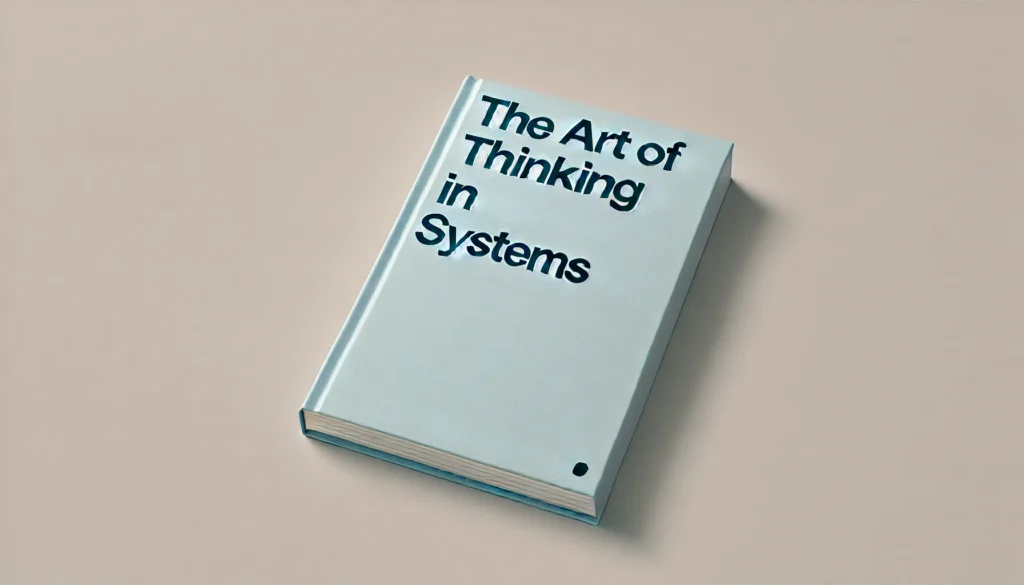Thinking of optimizing your paid traffic campaigns? Here’s your ultimate guide!
Paid traffic is a cornerstone of digital marketing, driving consistent leads and sales through strategic campaigns. This article breaks down key strategies and provides real-world examples to help you master paid traffic and maximize your ROI.
The Foundation of Paid Traffic Mastery
Strategic Funnel Architecture:
- Architect a funnel and run traffic to each stage.
- Emphasize the importance of creating consistency with automated systems.
- Aim to acquire customers at break-even or better.
Audience Understanding:
- Identify who you are talking to before crafting ad copy, images, or targeting.
- Create multiple avatars for different product audiences.
Funnel Stages:
- Awareness: Capture attention by addressing pain points or answering questions.
- Evaluation: Help prospects decide whether to buy from you.
- Conversion: Turn prospects into buyers.
Paid Traffic as a System
Campaign Goals:
- Indoctrination: Introduce your business and establish credibility.
- Acquisition: Convert visitors into leads.
- Monetization: Sell high-dollar products to repeat customers.
Traffic Stages:
Cold Traffic:
- Goals: Introduction, pixeling, segmentation.
- Offers: Blog posts, social media updates, content videos, podcasts, lead magnets, quizzes/surveys, white papers.
Warm Traffic:
- Goals: Generate leads, low-dollar sales.
- Offers: Lead magnets, webinars, flash sales, product demos, branding videos, books, free trials.
Hot Traffic:
- Goals: Activation, high-dollar sales.
- Offers: Events, paid webinars, high-dollar offers, done-for-you services.
Building a Traffic System
Step 1: Introduce Yourself to Cold Traffic
- Offer valuable content to build relationship equity.
- Use blog posts, social media updates, and content videos to capture interest.
Step 2: Convert Warm Audiences to Leads
- Run ads encouraging warm traffic to opt-in or make low-dollar purchases.
- Use lead magnets, quizzes, and webinars to nurture relationships.
Step 3: Convert Leads to Buyers
- Push warm leads down the funnel with targeted offers.
- Focus on low-dollar sales initially, building up to higher-value purchases.
Platform-Specific Strategies
Facebook Ad Platform:
- Targeting specifics: Aim for cold traffic audiences of 500K-1 million.
- Set budgets to at least $15/day and allow campaigns to run for 3-5 days before analyzing data.
- Scale successful campaigns by increasing budgets, targeting new audiences, and optimizing existing campaigns.
Retargeting:
- Retarget website visitors with specific offers based on their actions.
- Use video retargeting for higher engagement and conversions.
Other Traffic Channels:
Twitter:
- Ideal for content distribution and cold traffic.
- Use clear, concise tweets that mirror your content headlines.
Content Distribution Networks (CTNs):
- Best for businesses ready for serious scale.
- Provide a list of headlines and blog posts for broader audience reach.
LinkedIn:
- High-quality, specific audience targeting.
- Effective for content distribution and lead generation in professional markets.
Dedicated Email Drops:
- Useful for industries restricted from traditional platforms.
- Target lead magnets or low-dollar offers to warm audiences.
Google AdWords:
- Great for physical products and local businesses.
- Capture search intent for cold and warm offers.
YouTube:
- Best for video-centric markets.
- Use content videos with clear calls to action.
Troubleshooting Campaigns
Four Key Areas:
- Offer: Ensure it aligns with market desires.
- Targeting: Be specific and avoid too broad or too narrow audiences.
- Ad Copy/Creative: Catch attention and convey benefits clearly.
- Ad Scent: Maintain consistency from ad to landing page.
Steps to Troubleshoot:
- Assess and refine offers to ensure they meet market needs.
- Check targeting to ensure it aligns with the intended audience.
- Evaluate ad copy and creative for effectiveness.
- Ensure ad scent is consistent to prevent drop-offs.
Conclusion
Optimizing your paid traffic campaigns involves strategic planning, understanding your audience, and continuously refining your approach. By following these comprehensive strategies, you can create a robust traffic system that drives consistent leads and sales. Implement these strategies today to transform your paid traffic efforts and achieve sustainable business growth.

